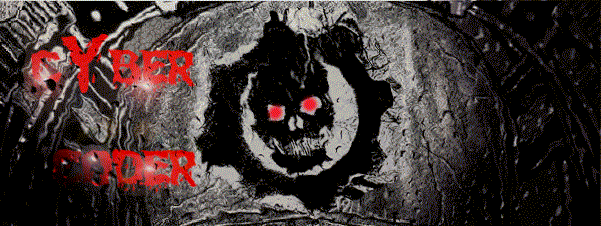
| Post Info | TOPIC: protect your pc | ||||||||||||||||
|---|---|---|---|---|---|---|---|---|---|---|---|---|---|---|---|---|---|
|
|
|
||||||||||||||||
|
|||||||||||||||||
|
|
||



|

| Post Info | TOPIC: protect your pc | ||||||||||||||||
|---|---|---|---|---|---|---|---|---|---|---|---|---|---|---|---|---|---|
|
|
|
||||||||||||||||
|
|||||||||||||||||
|
|
||



|